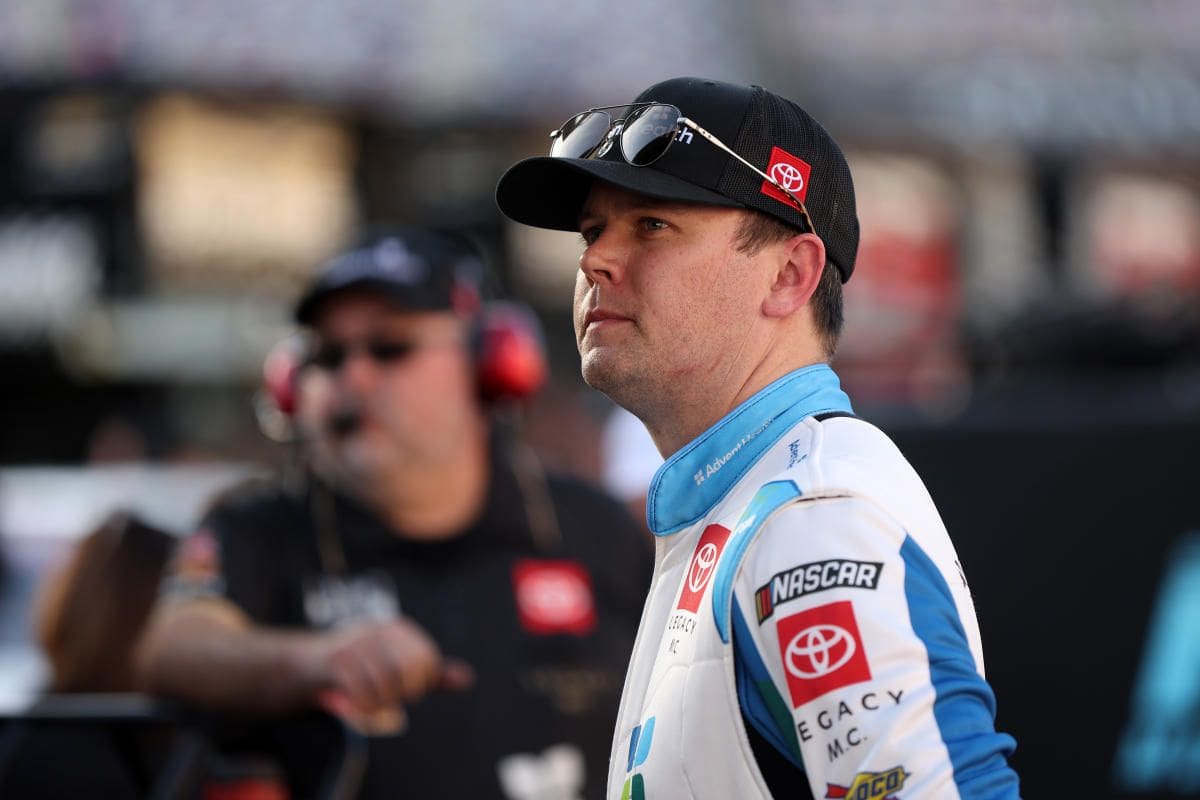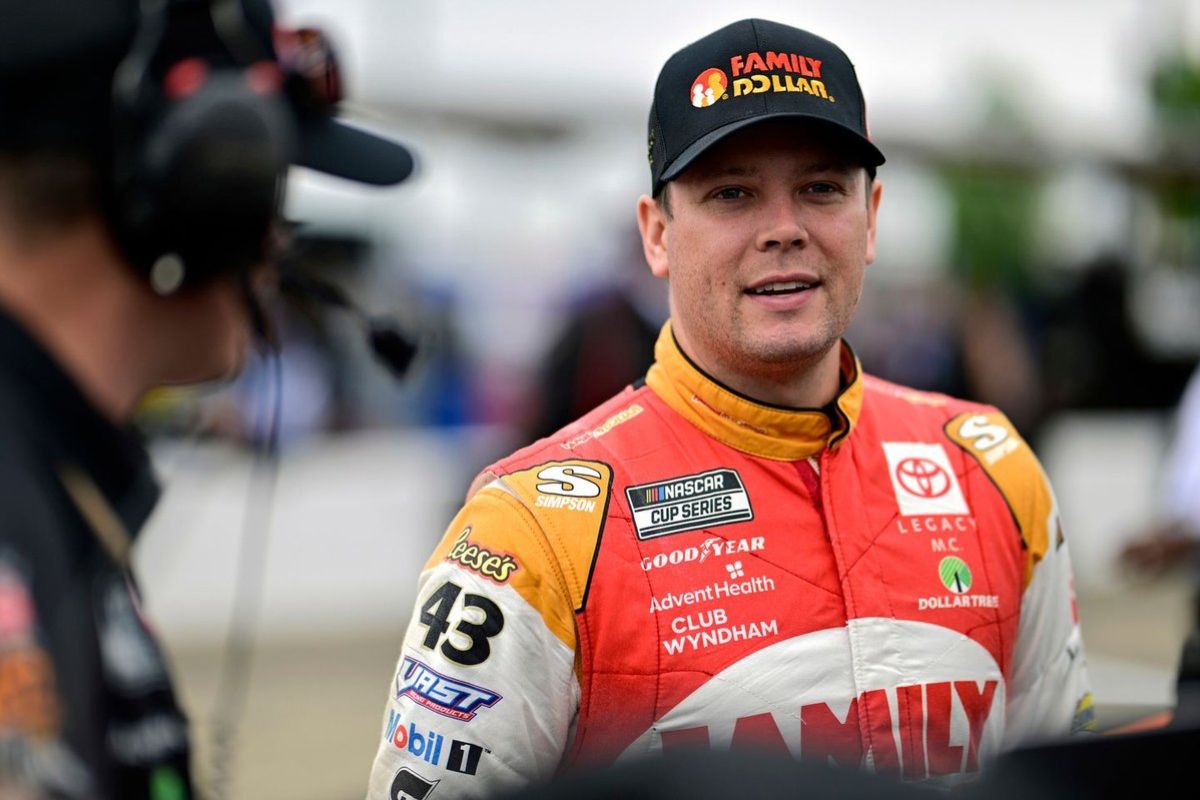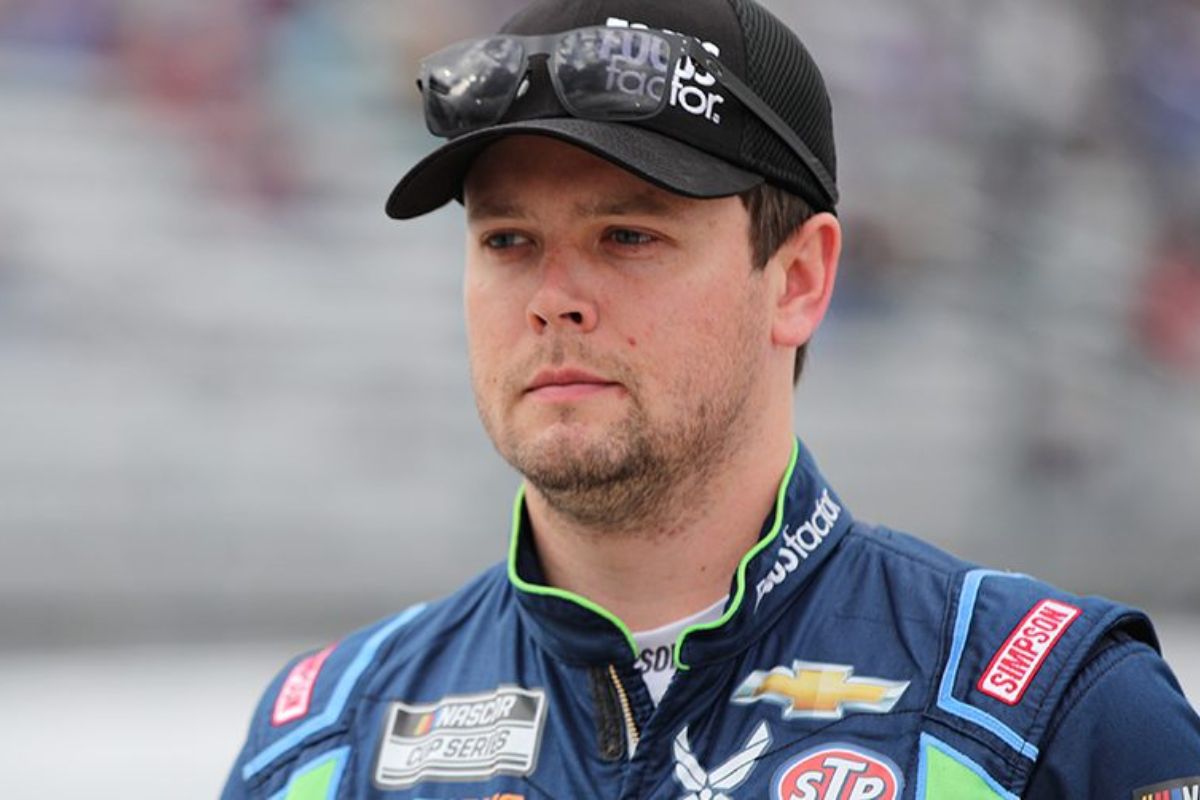Legacy Motor Club’s $249 Billion Partnership Shift: The $249 billion partnership between Legacy Motor Club and toyota/”>Toyota marks a notable turning point in the landscape of NASCAR, with implications that extend beyond mere financial metrics. As Erik Jones articulates, this change introduces a complex array of challenges, particularly regarding adaptation to new specifications and restricted access to independent data. While the potential for leveraging Joe Gibbs Racing’s extensive resources exists, Jones’s current struggles in the points standings and his ongoing recovery from injury raise critical questions about the team’s path. What strategies might emerge to harness this shift effectively, especially with the Southern 500 on the horizon?
Key Highlights
- Legacy Motor Club’s transition to Toyota aims to enhance competitiveness, leveraging insights from Joe Gibbs Racing despite initial struggles.
- Erik Jones highlights independent operations hinder access to vital data and resources necessary for adapting to Toyota’s specifications.
- Financial strains from independent competition may affect the team’s overall resources and long-term performance potential.
- Jones’ back injury from Talladega has impacted his race performance and attendance, adding psychological pressure during this transitional phase.
- The Southern 500 represents a critical opportunity for redemption, with a win potentially securing a playoff berth and boosting team morale.
Legacy Motor Club’s Switch to Toyota
In a pivotal move that reverberated throughout the NASCAR landscape, Legacy Motor Club (LMC) changed from Chevrolet to Toyota, marking a notable shift in their competitive approach. This change stems from LMC’s desire to enhance its status in a highly competitive environment dominated by established teams like Hendrick Motorsports and Richard Childress Racing.
By aligning with Toyota, LMC aimed to utilize the resources and technological expertise of the only Tier 1 partner for TRD, Joe Gibbs Racing, which seemed a pragmatic decision in pursuit of greater on-track success.
However, the early indicators of the 2024 season suggest that this gamble may not yield the anticipated dividends. Both Erik Jones and John Hunter Nemechek, the team’s primary drivers, have struggled to extract ideal performance from their new race cars.
The shift, while tactically sound in theory, poses considerable challenges as LMC adapts to new vehicles, engineering philosophies, and the nuances of Toyota’s racing framework.
Despite these struggles, Jones remains optimistic about the partnership’s long-term potential, indicating a belief that the foundational elements for future success are being laid. His decision to extend his contract with LMC reflects a commitment to this new direction, even amid current setbacks.
Erik Jones on the Partnership and Challenges
Erik Jones has openly acknowledged the complexities inherent in Legacy Motor Club’s new partnership with Toyota, recognizing the challenges that come with such a notable shift in competitive strategy. As the team navigates this change, Jones highlights the necessity of resilience and adaptability.
Unlike other teams, such as 23XI Racing and Trackhouse Racing, who benefit from established collaborative alliances, Legacy Motor Club has opted to operate independently. This choice, while principled, has introduced a host of difficulties.
“I think the transition has been harder than we anticipated. We would all thought by this point we would be in a better spot than we are right now…I wouldn’t have resigned if we are going to continue to perform the way we are; it’s not what I’m interested in racing, right? I want to go out and run up front; we all do. In staying with Legacy, I think for me was just the fact that I do believe we’re going to improve.” – Jones
Jones outlines several critical factors that contribute to the team’s current situation:
- Independent Operations: Legacy’s decision to forgo partnerships with powerhouse teams limits access to crucial data and resources.
- Adjustments in Specifications: The change to Toyota’s specifications has proven more challenging than anticipated, requiring time for staff and equipment to adapt.
- Financial Implications: Competing independently often comes at a higher cost, potentially straining resources during this transitional period.
- Future Outlook: Despite current struggles, Jones remains optimistic about the team’s path, believing that improvements will materialize within the next six months.
While acknowledging the difficulties, Jones’s commitment to the team reflects a belief in their potential to overcome these challenges. His candid remarks demonstrate not only the hurdles ahead but also the determination that drives Legacy Motor Club forward in their ambitious pursuit of success within the competitive NASCAR landscape.
Erik Jones’ Current Performance and Injury
This season has presented a series of formidable challenges for Jones, who currently finds himself in 26th position on the points table, a striking contrast to the aspirations of his No. 43 team. The expedition has been considerably impacted by a back injury sustained at Talladega, which has hindered his ability to achieve peak performance.
In his own words, Jones acknowledges, “Obviously it’s been a tough year for me with the injury; not that it put me way behind, but missing a couple of races isn’t great for the team; it isn’t great for me.” This statement emphasizes the dual burden of personal and team setbacks that have characterized his season.
The consequences of his injury extend beyond mere race attendance; they affect his comfort and adaptability within the car. The necessity to recalibrate and adjust to the vehicle’s nuances post-injury adds another layer of complexity to an already challenging season.
Nevertheless, the landscape of motorsports is inherently volatile, where fortunes can shift dramatically with a single victory. Jones remains optimistic, especially with the upcoming regular season finale at Darlington Raceway, a venue where he has previously excelled.
Jones’ Outlook for the Southern 500
Historically, the Southern 500 has been a vital race for drivers seeking redemption, and Erik Jones finds himself in a pivotal moment as he approaches this weekend’s event. With only one race left in the regular season, the stakes are high for Jones and his Legacy Motor Club team. Despite a challenging year, Jones holds a unique advantage at Darlington, where he has previously triumphed.
As he gears up for the Southern 500, several factors could influence Jones’s performance:
- Track Record: With two victories at Darlington, Jones has illustrated his capability on this demanding circuit.
- Competitor Struggles: Notable drivers like Bubba Wallace and Ross Chastain have also struggled this season, creating openings for Jones.
- Playoff Implications: A win would not only secure a playoff berth but also serve as a meaningful morale enhancer for his team.
- Confidence Increase: Jones’s own assertion about his confidence at Darlington could play a vital role in his mindset during the race.
Jones’s previous successes at this track coupled with the current dynamics of the competition position him as a potential dark horse.
“I mean, it’s been a long year, but if you told me to pick one track other than a superspeedway, I would probably pick Darlington to try to go win. So definitely some confidence in that.” – Jones
If he can harness the momentum from his past victories and capitalize on the weaknesses of his rivals, he stands a genuine chance to upset the field.
The Southern 500 may very well be the stage for Jones to reclaim his standing in NASCAR, making this race not just another event, but a defining moment in his season.
News in Brief: Legacy Motor Club’s $249 Billion Partnership Shift
The shift of Legacy Motor Club to Toyota signifies a pivotal moment in the team’s path, characterized by both tactical advantages and inherent challenges. While access to Joe Gibbs Racing’s resources may improve performance potential, the adaptation to new specifications and restricted data access presents formidable obstacles. As the Southern 500 approaches, the team’s ability to utilize this partnership effectively could determine not only the immediate competitive landscape but also the long-term viability of Legacy Motor Club’s aspirations in the NASCAR arena.
ALSO READ: Legacy Motor Club’s New Director of Competition, Jacob Canter Takes the Helm



